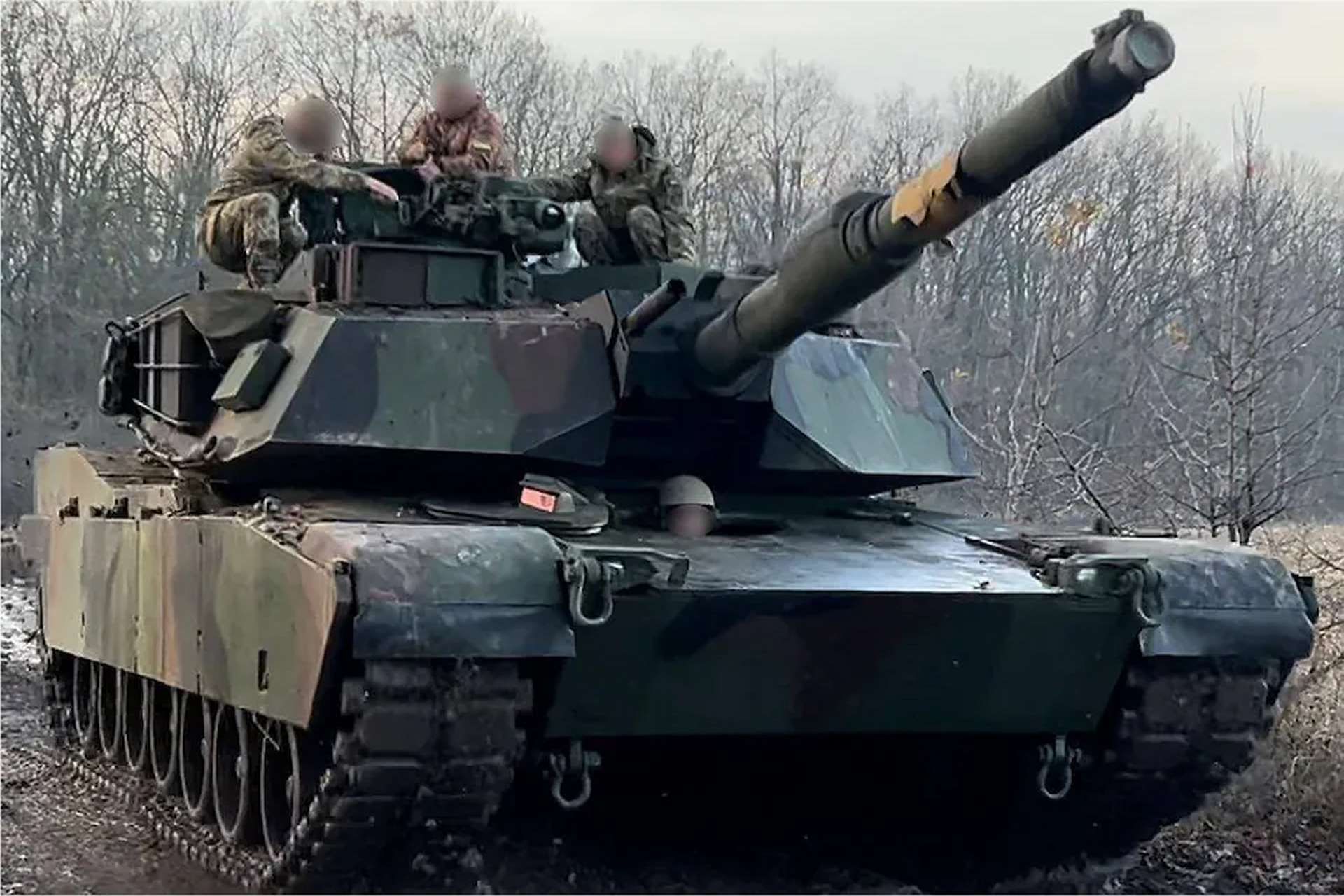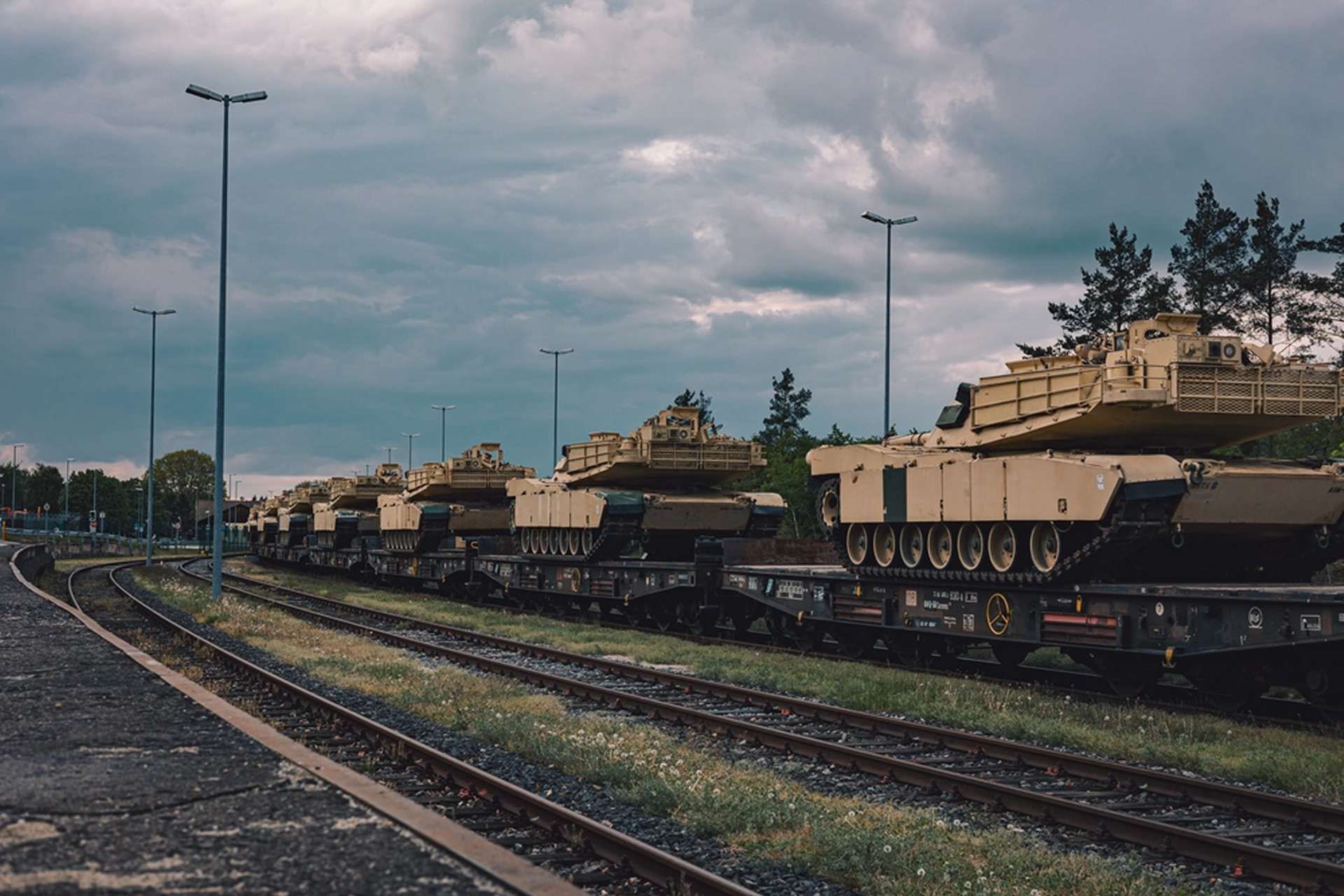Breaking news
After F-16s Ukrainians Criticize US M1A1 Abrams Tanks.
The once-vaunted reputation of the US-supplied Abrams tanks is now under scrutiny as Ukrainian soldiers highlight weaknesses and flaws in these American vehicles. Indeed, in several interviews, some Ukrainian soldiers have complained about the M1A1 Abrams tanks sent by the US to Ukraine.
Follow Army Recognition on Google News at this link

The US M1A1 Abrams Main Battle Tank has come in for criticism in Ukraine. (Picture source: Social Media)
The M1A1 Abrams tanks were deployed to strengthen Kyiv's resistance against Russian forces. However, the reality of combat has raised serious doubts about their effectiveness. Despite a prolonged campaign by Ukrainian officials, which led the US to send 31 Abrams tanks to Ukraine in January 2023, these tanks have encountered several obstacles. These tanks took some time to appear on the front lines as if their appearance had been meticulously prepared; however, this preparation did not prevent the criticisms from emerging.
The Abrams tanks, each costing around $10 million, were considered essential for breaking through Russian defensive lines. By October 2023, all 31 tanks had arrived in Ukraine. Yet, after their appearance on the front lines, they quickly encountered considerable challenges, particularly from Russian drones, which have destroyed at least five tanks.
In a recent interview with CNN, Ukrainian tank crews who trained in Germany expressed their concerns about the Abrams tanks' performance. They criticized the armor's inability to withstand modern weapons. "The tank's armor is not sufficient for this moment," said a crew member known as Joker. "It doesn't protect the crew. Today, this is the war of drones. So now, when the tank rolls out, they always try to hit them."
Another crew member, Dnipro, emphasized that Abrams tanks are the "number one target" on the battlefield. "Without defense, the crew doesn’t survive on the battlefield," he noted. These statements highlight the tanks' vulnerability and the increased risk to soldiers.

US M1A1 Abrams tanks needed for training the Armed Forces of Ukraine arrive by rail at Grafenwoehr, Germany. ( Picture Source: US DoD)
Despite reports indicating that Ukraine had withdrawn Abrams tanks from the front lines, officials from the 47th Mechanized Brigade insisted that all Abrams tanks remained stationed near the eastern front.
Technical problems have further complicated the challenges faced by the Abrams tanks. During a CNN visit, one tank was immobilized due to an engine problem, despite its recent shipment from Poland. Crew members also reported that rain or fog could cause condensation, potentially damaging the vehicle's electronics. Additionally, the crews face ammunition issues, with current supplies being unsuitable for their combat needs.
"What we have is more suited for direct tank-to-tank fights, which happens very rarely," explained Joker. "More often, we work like artillery. We had a case where we fired 17 rounds into a house, and it was still standing."
The effectiveness of the Abrams tanks has also been hampered by the lack of crucial air support, essential for modern armored warfare. Ukrainian tank crews highlighted the difference between NATO and Ukrainian battlefield conditions. The Abrams tanks were designed for a NATO style of warfare, heavily reliant on air power and artillery to prepare the battlefield before tanks and infantry advanced.
Photos from Ukraine's 47th Mechanized Brigade show Abrams tanks with added anti-FPV screens and Kontakt-1 ERA bricks. "They would never do it," said Joker, referring to NATO soldiers undertaking similar advances without air support. "We have no aviation and artillery. We have only tanks. And that's the problem."
Regardless, the Ukrainians cannot exploit the full capabilities of the Abrams tanks. Furthermore, the Abrams tanks constitute a prime target for the Russian armed forces. Additionally, the main battle tank is no longer a central element of the battlefield due to drones. However, not everything can be attributed to the conditions, and it is legitimate to question the effectiveness and relevance of sending a tank that is ultimately becoming outdated, especially in such a small number. Thirty-one tanks are not enough to have an impact on the battlefield. More should be sent, and it should be accepted that these tanks are simply not invincible.

A US M1A1 Abrams Main Battle Tank during an exercise. ( Picture Source: US DoD)

























